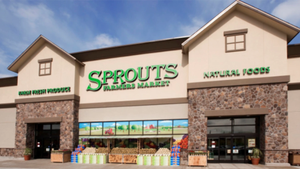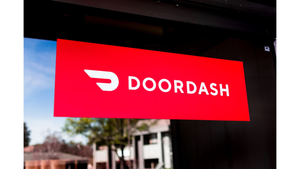Talking Shop With... Suzanne Wolter
January 1, 2018
The director of marketing for Selah, Wash.-based Rainier Fruit Co. says new varieties are juicing up apple sales. Grocery Headquarters: What are the main reasons for a renewed interest in the apple category? Suzanne Wolter: According to the Perishables Group’s 2011 Consumer Behavior Study, consumer apple volume purchases were down slightly during the 2010 crop season compared to the previous year. Additionally, household apple penetration slipped 2.9% from the previous season. Considered a super category within the produce department, apples are important to retailers’ bottom line growth as one of the top three contributors to both dollar and volume in the fruit category and historically generating more than 6% of total produce sales dollars. The past two seasons however, dollar contribution has slipped to 5.9%. The result is a renewed focus and energy toward the apple category at a time when opportunities abound for creative development. What role do new and popular varieties play in the apple category’s growth? New varieties such as Honeycrisp, Pink Lady and Jazz boost sales dollars due their higher retail pricing. These varieties, along with Gala, all had strong increases in household penetration. Additionally, Honeycrisp and Pink Lady showed increased trips per buyer and both volume and dollars per transaction. While traditional varieties garner the highest penetration levels, the data reflects a consumer shift toward select newer varieties. How can varieties boost category sales? On average, when shoppers purchase apples, 8.5% of the transactions contain more than one apple variety, according to the Perishables Group’s 2011 Consumer Behavior Study. It is somewhat remarkable that in a category such as apples with so many varieties, more than 90% of purchases contain a single apple variety. Compare this to the berry category, with only four primary varieties, which averages more than 16% of baskets with multiple purchases. Retailers should implement a promotional strategy that consistently encourages trial and use of multiple apple varieties. The apple category is changing rapidly as growers replant orchards in response to consumers changing taste preferences. It is time to break old habits of looking to the previous year’s calendar when planning the current apple season strategy, as there are shifts in variety availability. Successful category plans promote new varieties and take advantage of the promotional opportunities from the current crop production. How important are displays? Displays are critical to the success of a new variety. In-store marketing strategies should focus on capturing the attention of consumers to initiate purchase. Consumer information that provides shoppers with reasons to purchase apples versus alternative fruits and snacks is important in driving purchase frequency. In addition, creating an optimal merchandising display for apples, while at the same time providing POS materials to educate/remind shoppers on the many uses for the different varieties of apples, is essential to increasing sales. Store-level pricing and promotion strategies that focus consumer attention on increasing purchase volume can drive transaction size. Furthermore, the Perishables Group 2011 Consumer Behavior Study reveals that household penetration is highest during peak apple season (Q4 and Q1), at more than 40%. Obviously, apples are on consumers’ minds. However, even at peak season, many households are not purchasing apples indicating significant opportunities to increase penetration throughout the year. It’s important to capture consumers’ attention with promotions and displays to encourage trial. Where is the category headed? The apple category is one of the few bulk fruit categories bringing new offerings to the consumer. Many retailers are beginning to use these limited volume varieties as special in-and-out items through in-store features, print ads and store displays. Newer varieties, such as Jazz and Pink Lady, have been featured as “variety of the month” in special displays and advertisements with great success. The “club” trend is here to stay due to the shear volume of varieties that have been planted in the previous four years and are just now moving into promotable volume levels. For example, Rainier Fruit has been promoting the Lady Alice for the past four seasons using a systematic and targeted promotional strategy, which included releasing the variety in the first quarter of the year versus immediately upon harvest. In doing so, consumers have something new to try in the apple category mid-winter. The success of the variety is largely due to retailer involvement and energy generated through print advertisements in conjunction with in-store demos and Rainier’s public relations plan. It has been a win-win for Rainier and our retail partners. The same strategy will be employed for the release of the Junami variety coming this January.
About the Author
You May Also Like




